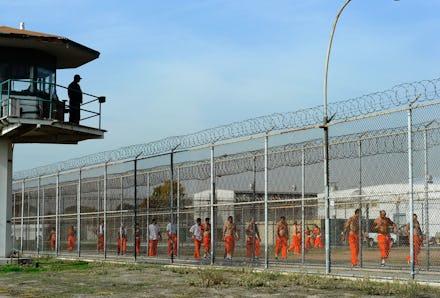It Costs NYC More to House Inmates Than Students Pay to Attend Ivy League Schools

Here's something that will make you feel really proud to be an American: Some prisons spend more on housing inmates than students pay to attend the country's elite educational institutions for a year. And not just slightly more — nearly twice as much in some cases.
In October 2015, New York City Comptroller Scott M. Stringer reported that violence in the city's jails had climbed, despite record low prison populations and huge amounts being spent on convicts.
Read more: One Chart Perfectly Captures America's Massive Prison Problem
"There is definitely something wrong with this picture: The jail population in New York City is the lowest in thirty-one years, but the rate of violent incidents is accelerating at an alarming pace," Stringer said. "At the same time, the Department of Correction is pouring huge amounts of money into this problem, but we aren't seeing any real results or improvements."
According to Stringer's analysis, New York's jails held 10% fewer inmates in 2015 than they did in 2014, yet the state was spending an average of $112,665 on each, a 17% increase from 2014's expenditures. That's down from 2012's approximate $168,000 annual cost per prisoner, but it's still well above the price tag of an Ivy League education.
That cost will, of course, vary depending on the institution one attends. As such, here's a comprehensive roundup of college costs — without financial aid, and when tuition, room, board and fees are factored together — at the nation's top schools:
· Columbia: $62,440
· University of Pennsylvania: $69,340
· Harvard: $60,659
· Yale: $63,970
· Princeton: $63,975
· Cornell: $67,613
· Brown: $68,106
· Dartmouth: $69,474
The national average cost per prisoner is lower, at around $31,000 in 2014 — more in line with the standard four-year private college annual fee.
There's a striking contrast between the advantages conferred by the less expensive Ivy League experience and the arguably insurmountable disadvantages associated with the more costly prison stretch. Especially considering that an offense so minor as stealing candy bars can land you behind bars for 20 years.